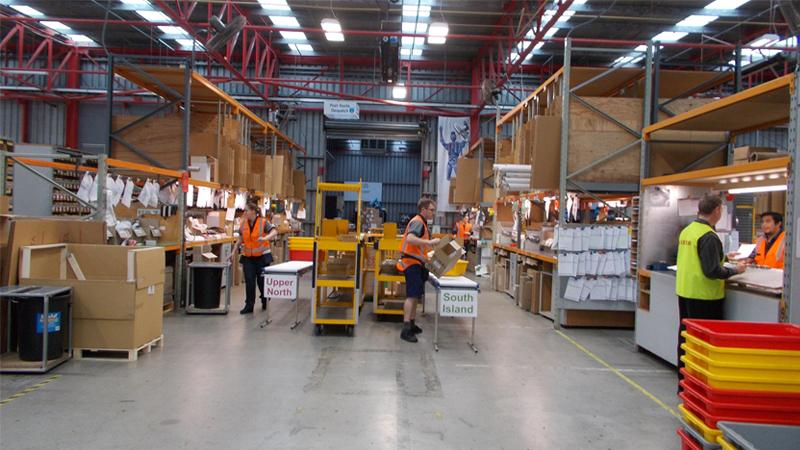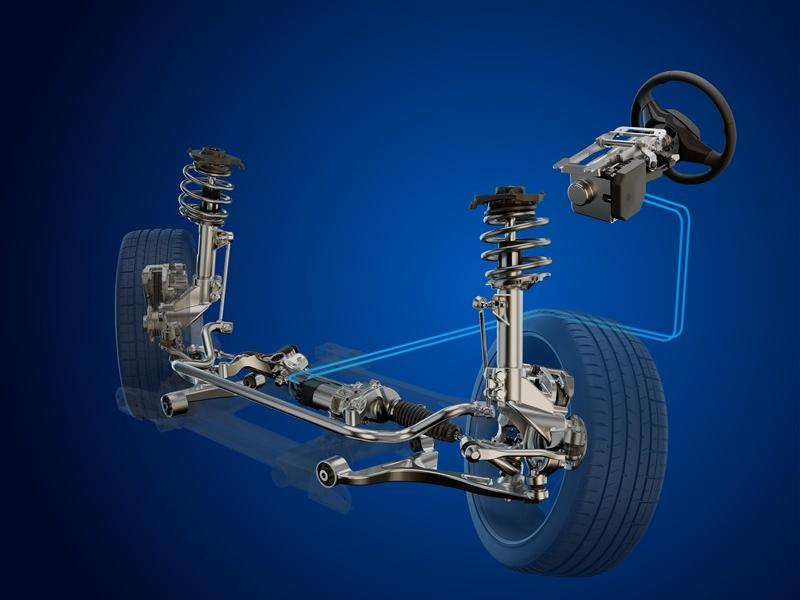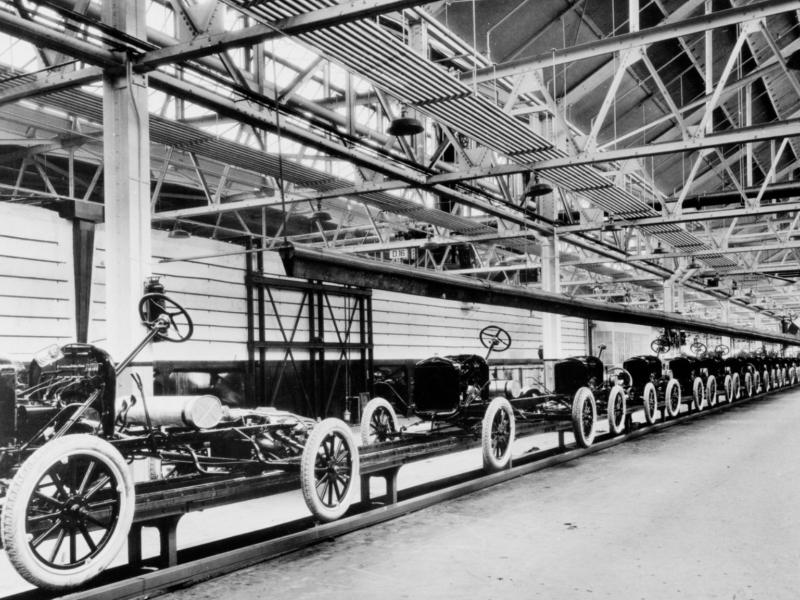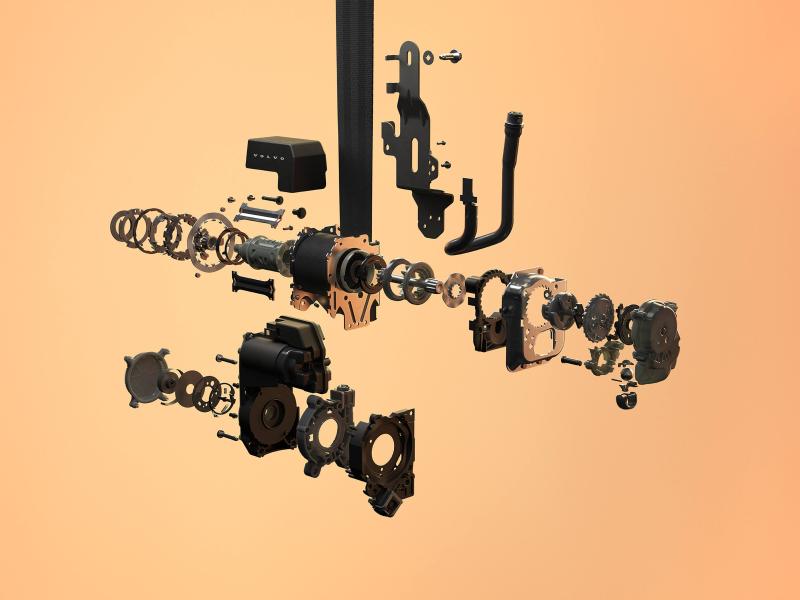In today’s times, where everyone wants to save money where they can, many independent workshops may be wondering about the wisdom of buying genuine parts, especially when it comes to the maintenance and servicing of older model cars.
And especially when you hear that same squawk from your customers – also trying to save money – “Why does it cost so much? Can’t you use cheaper parts or something? Everyone knows genuine parts are more expensive.”
It’s very easy to not antagonise the customer and just say, “Yeah, OK, I’ll see what I can do,” but what you should be doing is taking the time to explain to your customer that cheaper parts are – in many cases – a false economy.
We’ll let Sven Tulicic from Toyota New Zealand explain: “Non-genuine parts are a concern – but even worse, counterfeit parts – are a serious problem for all automakers.”
As vehicles get more technologically sophisticated, it becomes even more critical that parts designed specifically for a particular vehicle are the parts used when it comes to service or repair, anything else could have an impact on the vehicle or its warranty.
“You could experience reliability, safety and functionality issues,” explains Sven, “since genuine parts are rigorously tested to perform in the widest range of markets where they will see service.
“A non-genuine part will not have been tested as thoroughly and therefore, may not last as long as it should or perform as well as it should.”
Sven of course, is speaking largely from a new vehicle perspective whereas many Motor Equipment News readers will be dealing with the ongoing service and repair of older model vehicles.
This does not alter the fact that genuine parts are the better option – in fact, it is probably truer to say genuine parts are the best option for vehicles outside of the manufacturer’s warranty, particularly for those who don’t replace their cars every five years or so.
When those cars finally do get moved on, they will likely command a better selling price by virtue of the genuine parts as detailed in the vehicle’s service manual.
Yes, but that doesn’t alter the fact that genuine parts are more expensive, right? Wrong.
Let us admit Exhibit A: the aptly named Trade Grade programme.
To combat non-genuine parts supply, Toyota New Zealand made the aggressive decision to streamline its parts pricing across a range of fast-moving parts – drive belts, suspension components, brake pads and rotors, water-pumps and such.
“Model for model, these components are pretty much the same things,” Sven acknowledges, “and for the most part, cost the same for us to bring in whether it’s for a Corolla or a Hilux.
“This being the case, we aligned the pricing so that – barring a few exceptions – one price fits all; Trade Grade partners pay the same price for a specific part regardless of the model it fits.”
Trade Grade has been in play for just over 20 years now and it has proven to be a very successful programme. which has proven Toyota New Zealand is doing what it can to ensure its trade partners are able to supply competitive genuine parts at a competitive price.
With its extensive model range, Toyota New Zealand also had to ensure integrity of its supply chain, especially as the Trade Garage catalogue is constantly being updated and upgraded.
Toyota New Zealand sources its parts out of Japan and Thailand so usually, there is little problem with stock availability and shipping, especially given the length of time Toyota New Zealand has been importing vehicles as well as parts.
“It is a pretty well-oiled machine now,” says Sven, but there has been some hefty investment on the ground here. “Our parts warehouse has recently grown from 24,000 to 35,000 square metres,” says Sven, not an inconsiderable amount of growth.
“This has allowed us to increase our parts holding capacity by up to 25 percent and we are currently running at 96 per cent parts supply rate for Toyota Genuine Parts – we are ensuring our stores and trade partners are receiving an exceptional customer experience.”
Faced with the challenges of stock supply and logistical delays in a global crisis, Toyota New Zealand increased its fast-moving parts stock holding by $7 million as a precautionary measure to ensure its customers would be supported during Covid-19 operating conditions.
As far as domestic shipping is concerned, as well as having stores carrying a certain amount of stock for their own workshops and the ability to supply trade partner centres, Toyota’s centralised parts warehouse in Palmerston North can ship urgent parts overnight if required or over two days – which is preferable for cost minimisation and CO2 emissions – to anywhere in New Zealand.
“Many manufacturers have good incentives to buy genuine,” says Sven. “Toyota offers performance incentives to trade garages with high volume parts purchases.
“While we are constantly looking for ways to encourage their business, we are also constantly looking for better ways we can help our trade partners grow their businesses.”






